Life is busy for everyone these days. Whether you are on the go between work, school, activities and household chores or just trying to keep your kiddos entertained and out of trouble for the summer, our eating habits can suffer. It doesn’t help that fast food and packaged goodies are literally at our fingertips just begging to be consumed, saving us time, but not much else. Recently I had the opportunity to learn how to manage my families nutrition a little better and give my children the chance to investigate what it is all about. All we had to do was #FocusOnTheFacts. 
When we attended a Fact Finding Mission at a local grocery store I was not sure what to expect. I knew that the goal was to learn how to make better choices, and that we would be hearing from Kristina Matisic, co-founder of Anna & Kristina’s Grocery Bag, but how this was all going to go down I was not sure. From the moment we arrived it became clear that we were getting our hands dirty as my son William was handed his very own detective’s cap and magnifying glass. Too cute, right?
After checking out the craft table and getting busy on his own Grocery Bag, William, Emily and I, along with several other blogging peeps, listened to Kristina talk about the Nutrition Facts Education Campaign. This initiative is a partnership between the Retail Council of Canada, Food Consumer Products of Canada, the Canadian Federation of Independent Grocers and Health Canada. The current phase of the campaign has the goal of encouraging Canadian parents to learn to use the “Serving Size” in the Nutrition Facts Table (NFT) found on packaged food to compare it to other similar products, hence #FocusOnTheFacts. Is it a lesson in how to read a label? Most definitely, but the hope is that a new understanding of the importance of the information on said labels is realized. By using the “Serving Size” and the “Percent Daily Value,” shoppers can learn to select foods that have more of the nutrients important to their families nutrition. For example, finding out which item is higher in calcium and fibre and which one is lower in sodium, saturated and trans fats.
Once divided into teams our mission, which we chose to accept (see what I did there 
We scrutinized the Nutrition Facts Table for a box of Vachon Moon Cakes and a package of Muffins made with Nutella. The Percent Daily Value (%DV) gives you a breakdown of how much of each item, like calories and the various nutrients, your Serving Size has. If the Percent Daily Value is 5% or less this is considered a small amount, but when you get over 15% DV this a lot. This is where the comparison of two items comes in handy. Our team discovered that the Vachon Moon Cakes were the healthier alternative when compared with Muffins made with Nutella. I can promise you I thought it would have been the other way around. Prior to learning how to #FocusOnTheFacts I would have assumed that a muffin is better for you then cake, but once I had a look, a real look at the Nutrition Facts Table, the truth was discovered.
While the point of our Fact Finding Mission was to learn to read the Nutrition Facts Table on the products our families will consume, my biggest takeaway was to not assume what is better for you just by looking at the fancy packaging (or lack thereof). You really can not judge a book by it’s cover. As the parent of a child with food allergies I had always thought of myself as an expert label reader, but I discovered my attention was focused on the ‘what’ (as in what are the ingredients) and not so much on the amount (nutrients etc).
The next time you go grocery shopping I challenge you to stop and read the Nutrition Facts Table. Compare it to another similar item to see which one is truly better for you and for your family. Heck, why wait? Once you have stopped reading this educational post visit your own kitchen and see what is in stock already. Grab your kiddos and show them how to read the Nutrition Facts Table at the same. You can even make a game of it and see who can determine which item is nutritionally better.
Don’t be shy! Come back and share your findings with us and leave a comment telling me what items you compared and how they stacked up. I bet you will be surprised with your findings. Don’t forget to #FocusOnTheFacts!
For more information on this great initiative visit Focusonthefacts.ca or Canada.ca/NutritionFacts. You may just win a prize with all this great information you learn!
FT&PD
Suz
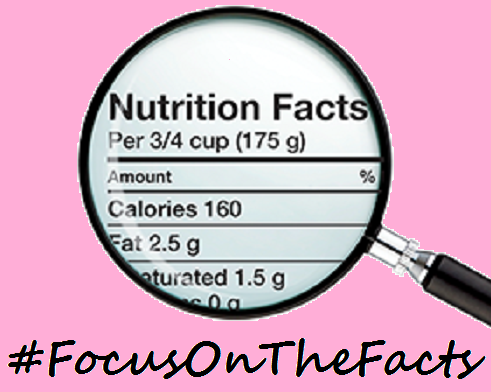
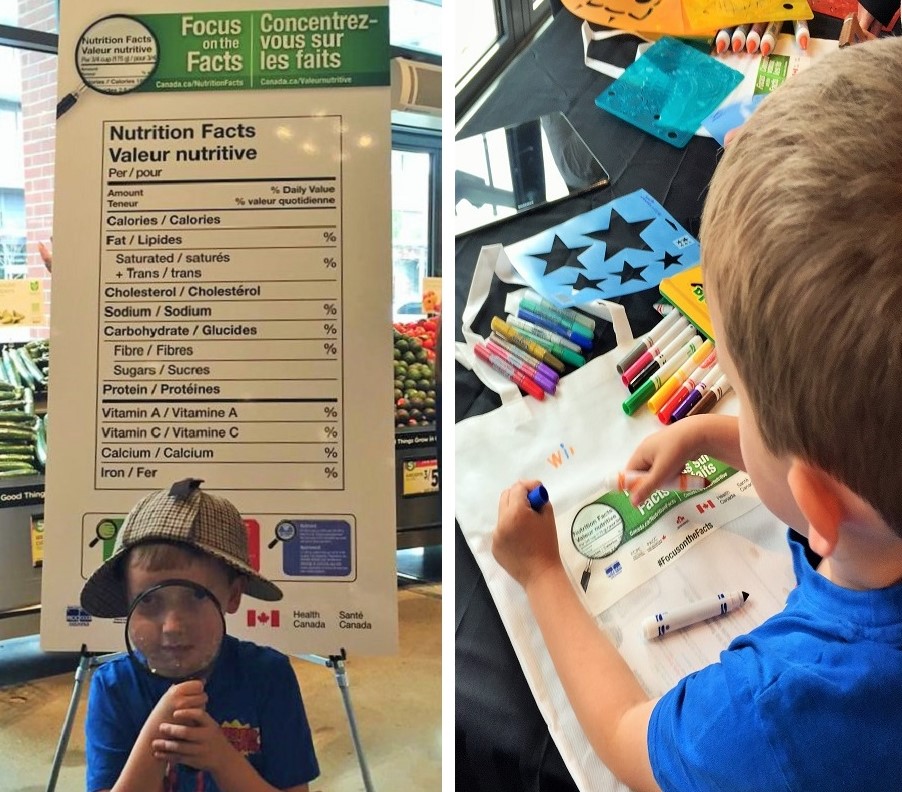
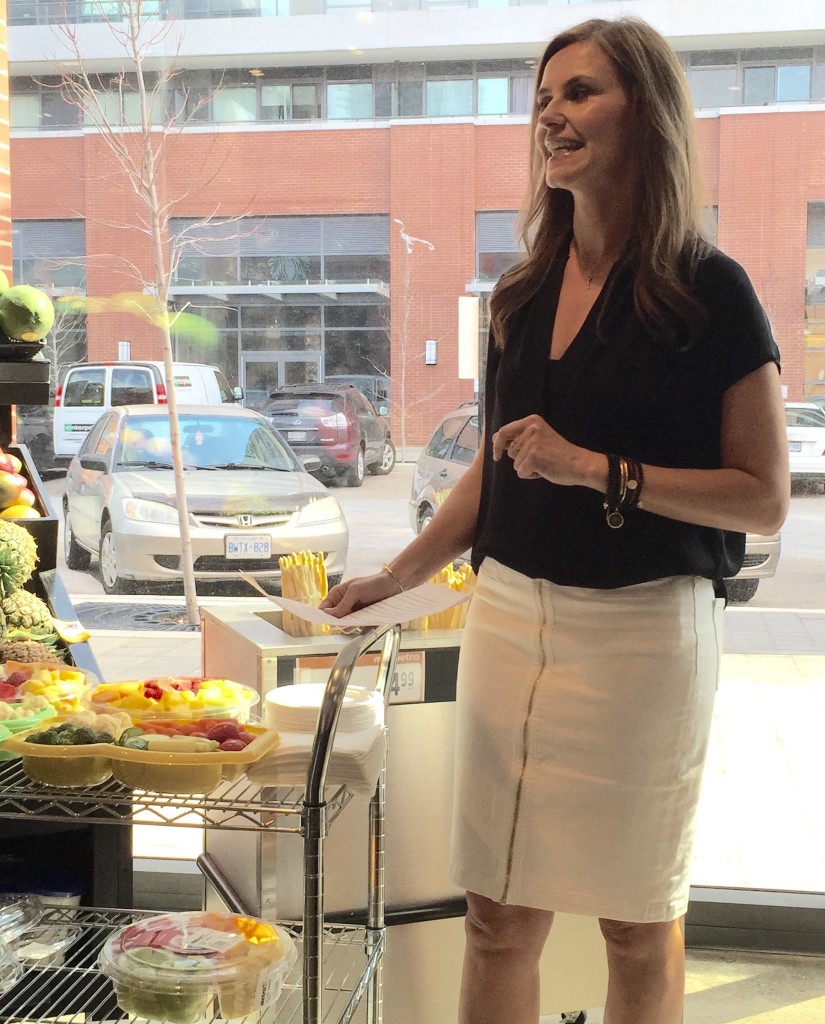
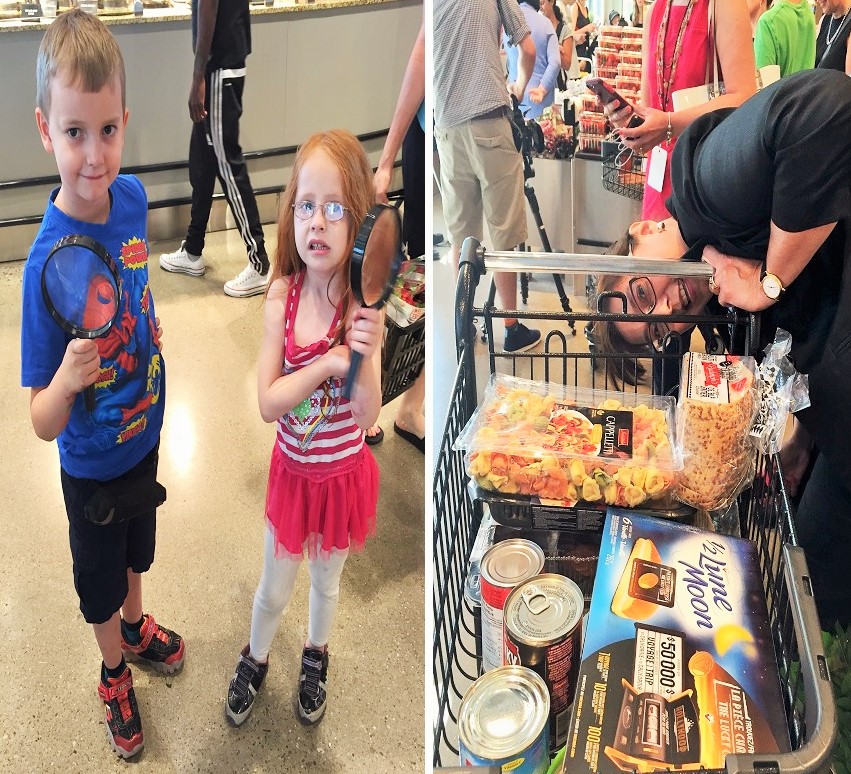
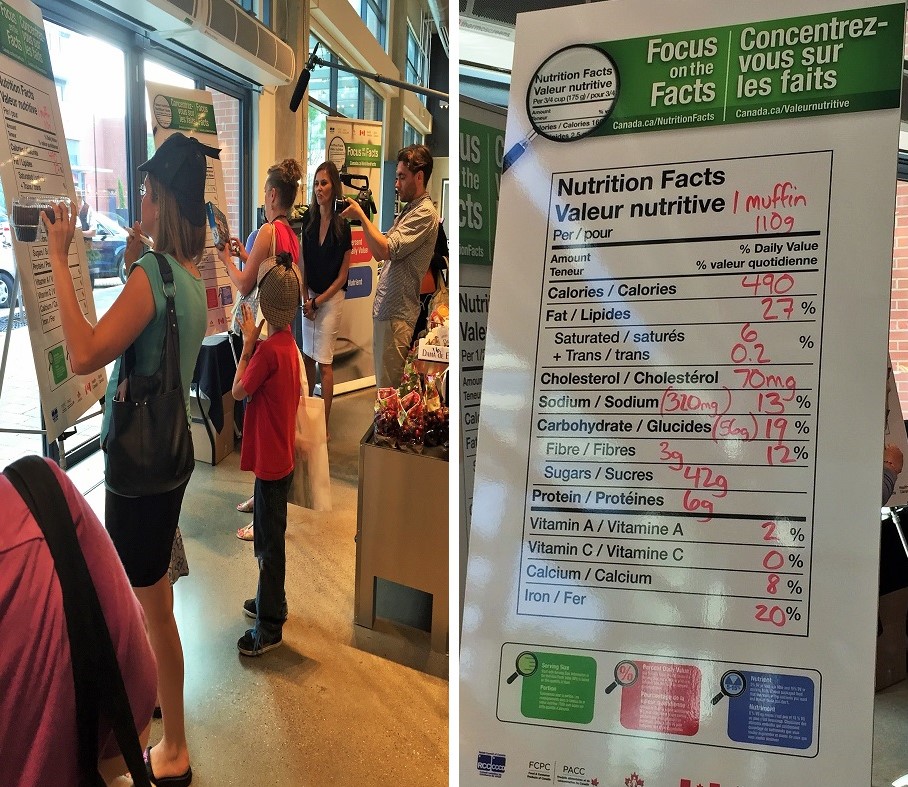
I have never heard of this before. But, you know my kids pretty much know nothing about food. Just veggies and fruit are a good healthy first choice snack.
Well, fruits and veggies are the best first choice! I am so glad my two love both. They can be picky, but not in that area..
I do this often! I find it very helpful in choosing between similar items!
That’s great Heather! It makes perfect sense
Could your little detective BE any cuter? The Nutritional Facts is the very first thing I look at in the grocery store. My girls actually learned it in school and now do the same. As you’ve said…there’s so much we don’t know unless we check it.
LOL, thanks Julie. He had a great time “vestigating”
It was a great event! I love learning all the tips and tricks needed to read labels!
It was fun Jenn and it was great to see so many peeps
Would have loved to attend something like that, thanks for sharing! Love the Shopping bag ladies and their great shows.
It was a lot of fun Angela and so educational!
I remember checking the sodium content on a package of ramen noodles before. The sodium content was 85%! I have never eaten another package of ramen noodles again. I just can’t. That’s crazy!
OMGee, that is nasty! Sodium can be a huge problem in pre-packaged goods. Drives me nuts!
I wish our local grocery store would offer a class like this, thanks for posting this, I will be searching whats in the pantry for a healthy cleanout today
The Nutritional Facts is the very first thing I look whan choosing between products